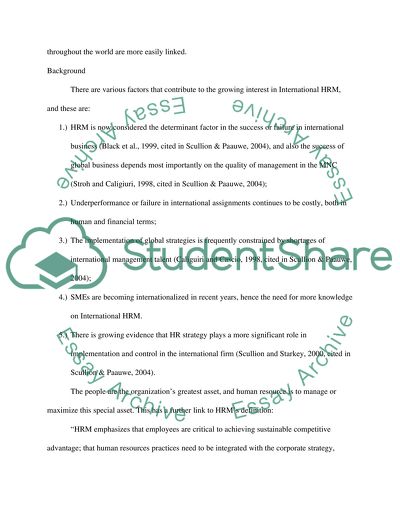Cite this document
(International Human Resource Management in the European Perspective Case Study, n.d.)
International Human Resource Management in the European Perspective Case Study. Retrieved from https://studentshare.org/human-resources/1561609-examine-the-distinguishing-features-of-hrm-in-europe
International Human Resource Management in the European Perspective Case Study. Retrieved from https://studentshare.org/human-resources/1561609-examine-the-distinguishing-features-of-hrm-in-europe
(International Human Resource Management in the European Perspective Case Study)
International Human Resource Management in the European Perspective Case Study. https://studentshare.org/human-resources/1561609-examine-the-distinguishing-features-of-hrm-in-europe.
International Human Resource Management in the European Perspective Case Study. https://studentshare.org/human-resources/1561609-examine-the-distinguishing-features-of-hrm-in-europe.
“International Human Resource Management in the European Perspective Case Study”. https://studentshare.org/human-resources/1561609-examine-the-distinguishing-features-of-hrm-in-europe.


